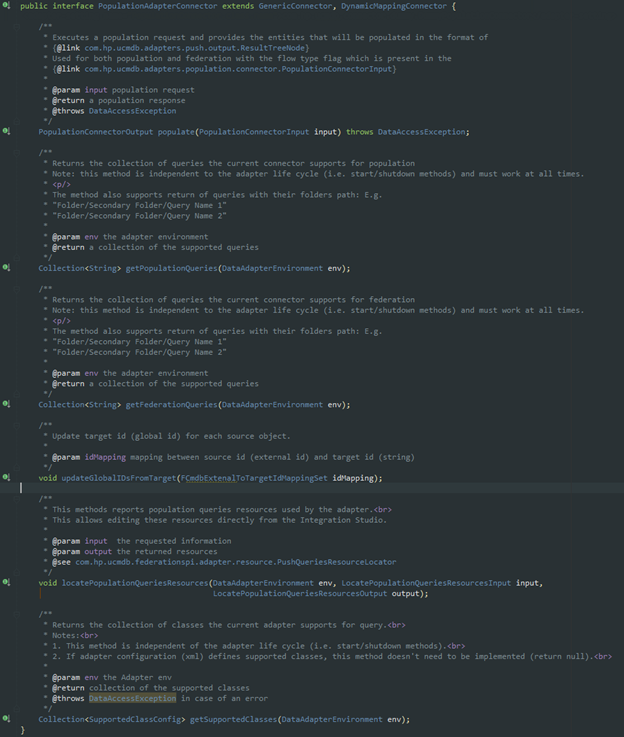Searching the Help
To search for information in the Help, type a word or phrase in the Search box. When you enter a group of words, OR is inferred. You can use Boolean operators to refine your search.
Results returned are case insensitive. However, results ranking takes case into account and assigns higher scores to case matches. Therefore, a search for "cats" followed by a search for "Cats" would return the same number of Help topics, but the order in which the topics are listed would be different.
| Search for | Example | Results |
|---|---|---|
| A single word | cat
|
Topics that contain the word "cat". You will also find its grammatical variations, such as "cats". |
|
A phrase. You can specify that the search results contain a specific phrase. |
"cat food" (quotation marks) |
Topics that contain the literal phrase "cat food" and all its grammatical variations. Without the quotation marks, the query is equivalent to specifying an OR operator, which finds topics with one of the individual words instead of the phrase. |
| Search for | Operator | Example |
|---|---|---|
|
Two or more words in the same topic |
|
|
| Either word in a topic |
|
|
| Topics that do not contain a specific word or phrase |
|
|
| Topics that contain one string and do not contain another | ^ (caret) |
cat ^ mouse
|
| A combination of search types | ( ) parentheses |
|
The Population Connector
The population connector is responsible for retrieving external system data. This data is passed on to the Generic Adapter in the established API format (ResultTreeNode), which is then mapped to the UCMDB data structures and inserted in UCMDB through the data-in process.
Similar to the push connector, the population connector can be implemented in both Java and Groovy and must implement the Population Connector Java Interface shown in the figure below.
To configure the population connector, add the following line in the adapter configuration XML file:


The first method, populate, is the main connector method responsible for retrieving the data from the external system. This method receives as input a population TQL query and returns the results in the generic ResultTreeNode format. For more information, see Achieving Data Push using the Generic Adapter. Along with the main business data, the connector also returns status and chunking information.
The second method, getSupportedQueries, indicates the TQLs that are supported by the population connector.
The third and fourth methods refer to more advanced use cases, pushing back the IDs of the populated data and locating the relevant population resources within the adapter for a specific query. For more information about these APIs, see the push-interfaces.jar file.
We welcome your comments!
To open the configured email client on this computer, open an email window.
Otherwise, copy the information below to a web mail client, and send this email to cms-doc@microfocus.com.
Help Topic ID:
Product:
Topic Title:
Feedback:





